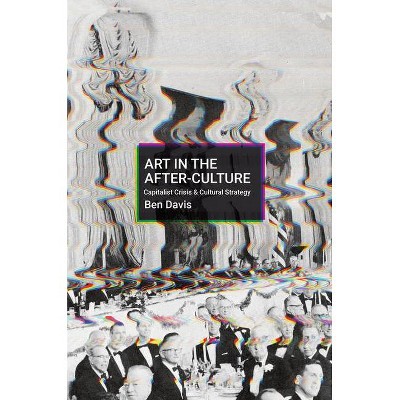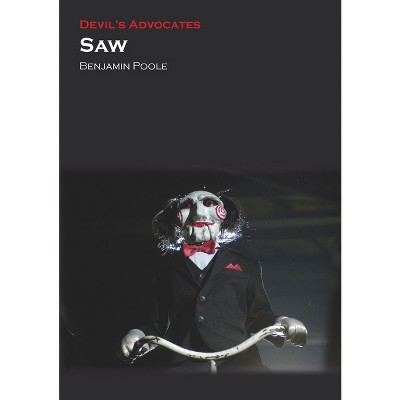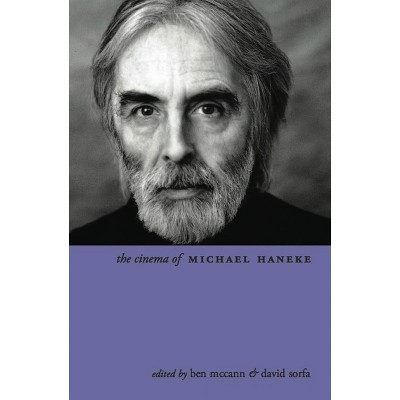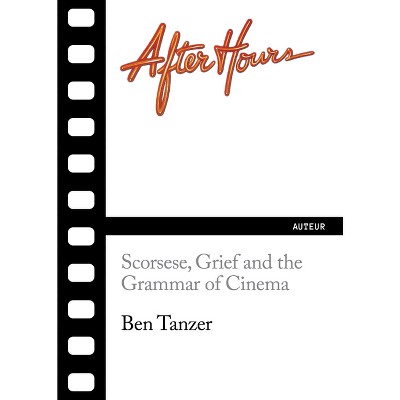About this item
Highlights
- New York's repertory movie houses specialized in presenting films ignored by mainstream and art house audiences.
- About the Author: Ben Davis is a freelance writer in New York City.
- 256 Pages
- Performing Arts, Film
Description
About the Book
"For more than 30 years, New York's repertory movie houses specialized in presenting films ignored by mainstream and art house audiences. Each repertory had its own personality, reflecting the preferences of the proprietor. Focusing on the the active years from 1960 through 1994, this book documents the repertory movement in the context of economics and film culture"--Book Synopsis
New York's repertory movie houses specialized in presenting films ignored by mainstream and art house audiences. Curating vintage and undistributed movies from various countries, they educated the public about the art of film at a time when the cinema had begun to be respected as an art form.
Operating on shoestring budgets in funky settings, each repertory house had its own personality, reflecting the preferences of the (often eccentric) proprietor. While a few theaters existed in other cities, New York offered the greatest number and variety. Focusing on the active years from 1960 through 1994, this book documents the repertory movement in the context of economics and film culture.
Review Quotes
"copious photographs...a superb job of capturing the phenomenon of New York repertory movie theaters and placing it in historical context...prose is clear, intelligent, engaging...anecdotal examples colorful and often humorous...research impeccably extensive"-New York Review of Books; "An essential piece of cinema archaeology...fascinating detail."-Eat Drink Films; "Product of nearly two decades of loving research and intensive interviews...more than delivers on the promise of its title, an exhaustive and maddening tale of a niche industry's first golden era and long fade-out"-Cineaste.
About the Author
Ben Davis is a freelance writer in New York City. His articles have appeared in Film & History, Film Quarterly, and Cineaste.Shipping details
Return details
Trending Non-Fiction












